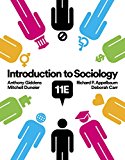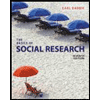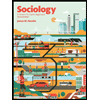How do the following research methods compare: surveys, secondary analysis of existing data, field research, and experiments?
How do the following research methods compare: surveys, secondary analysis of existing data, field research, and experiments?
Introduction
Researchers usually choose from four traditional methods of social investigation when designing studies: survey, field study, experiment, secondary data analysis, or the use of established sources. Every research method has advantages and disadvantages, and the subject of analysis has a big influence on which method or methods are used.
Survey Method
A survey gathers data from subjects who answer a series of questions about their attitudes and beliefs, often in the form of a questionnaire, as a research tool. One of the most commonly used scientific research techniques in the survey. Individuals may express personal opinions in a standard survey format since they are anonymous.
For particular purposes, researchers perform surveys under controlled conditions. People participate in surveys to provide various types of information. Though surveys aren't always effective in capturing how people act in social settings, they are an excellent way to learn how people feel and think, or at least how they claim to feel and think.
Secondary Data Analysis
Though researchers often conduct original research, they often contribute to the discipline by analyzing secondary data. Secondary data is not based on firsthand analysis from primary sources, but rather on the work of other researchers who have already completed it. Historians, economists, teachers, and early sociologists could be studied by researchers. They might look for periodicals, journals, or magazines from any time period.
Using secondary data can save time and resources while still adding complexity to a report. Researchers often interpret results in novel ways that were not part of the author's original intent or function.
Step by step
Solved in 2 steps









